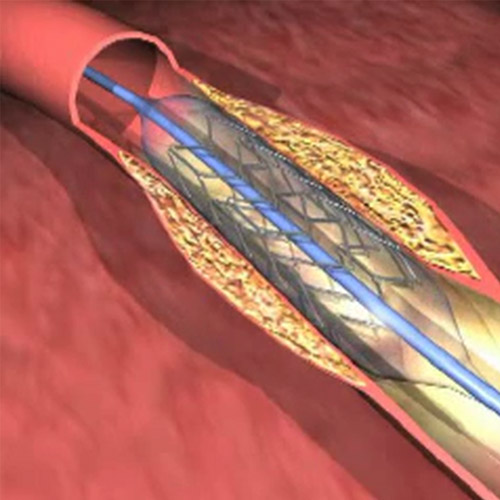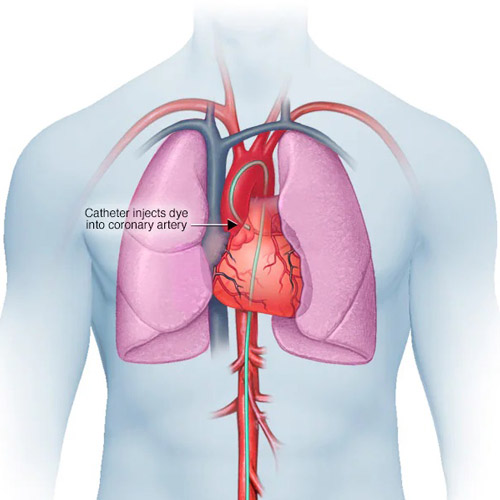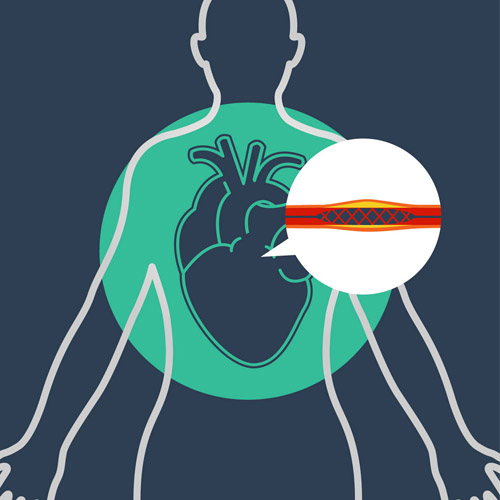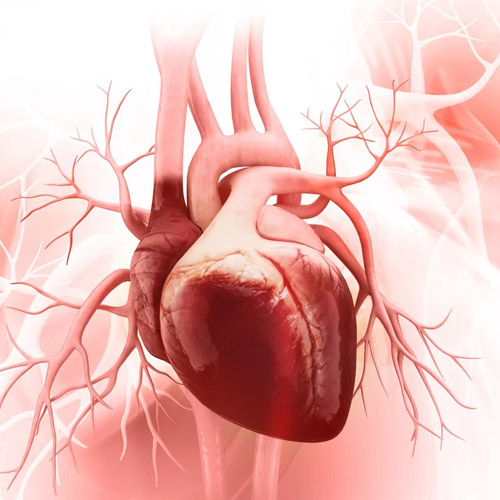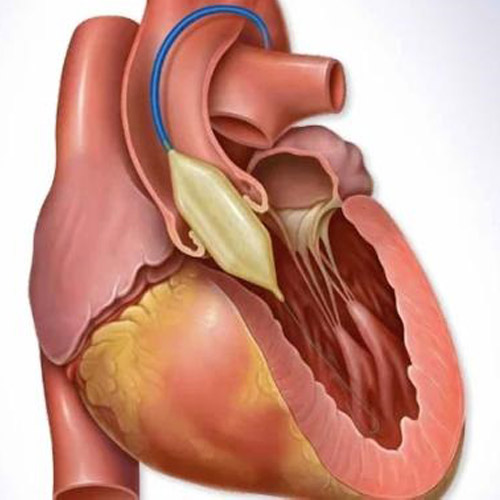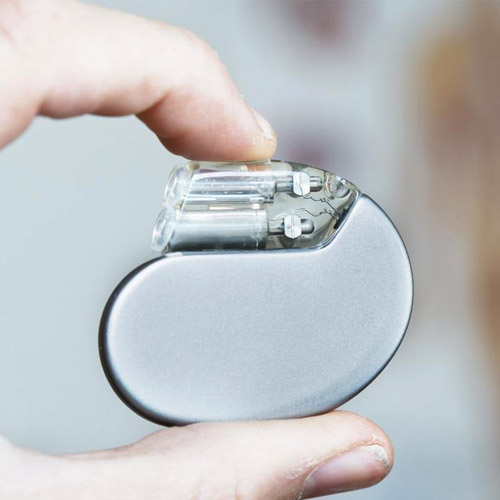Coronary Angiopalsty
Coronary angioplasty is a common procedure done to release clogged arteries. Angioplasty can improve symptoms such as chest pain and shortness of breath. It can prevent heart attacks.
Angioplasty is also done during a heart attack; this emergency procedure helps restore the heart’s capacity and reduces damage to the heart and risks.
A tiny balloon along with a catheter is inserted into the clogged artery and inflated at the spot where the artery is clogged, this helps in widening the artery and releasing the plaque that was blocking the artery. The catheter is usually inserted through an incision in the groin or wrist.
The patient can go home after a short stay at the hospital. Once back at home, special care must be taken about diet and rest. A doctor’s advice must be followed religiously.
